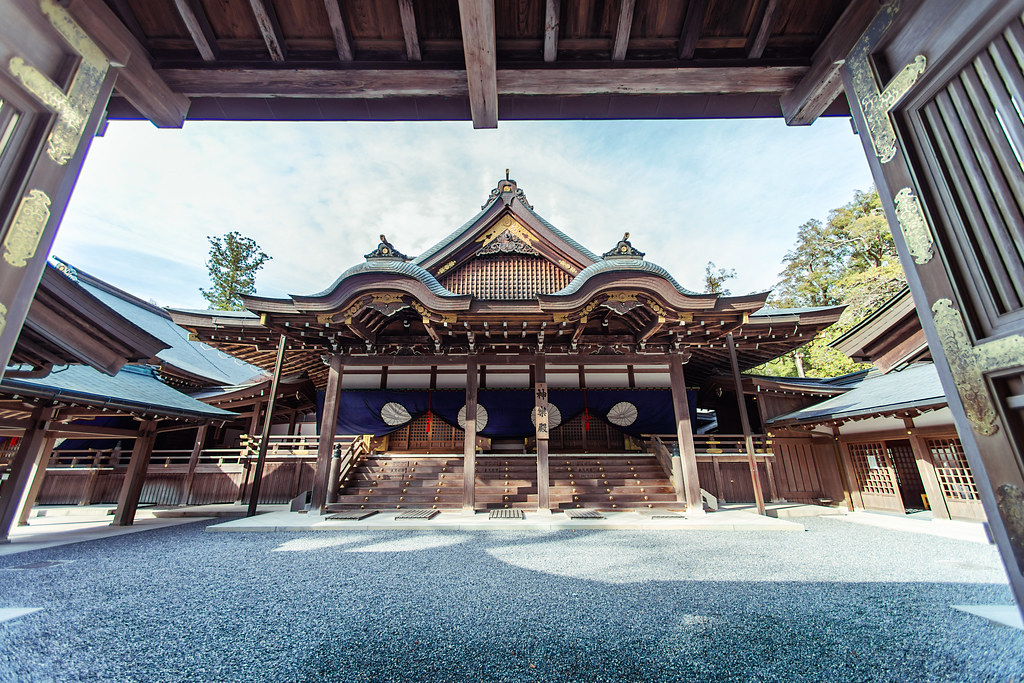Ise Grand Shrine, Japan
Ise Grand Shrine is a Shinto shrine located in Ise, Japan. Considered the most sacred Shinto shrine in Japan and is dedicated to the sun goddess Amaterasu. It is believed to have been established in the 3rd century and has been rebuilt every 20 years since 690 AD.

It is interesting because it is the only shrine in Japan that is not open to the public, and instead only the emperor and his family are allowed to enter. This is because it is believed to be the home of the Imperial family’s ancestral spirits.
